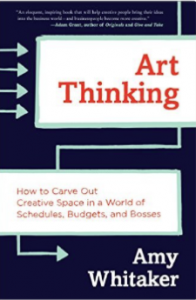Yesterday, an earthquake measuring 6.9 on the Richter scale rattled the coast of Japan in the vicinity of where a 9.1 quake had struck almost six years ago. The power of the 9.1 quake generated 30 to 60 foot tsunamis, overwhelming Japan’s extensive sea walls and shore protections, killing over 15,000 people, leaving 225,000 homeless and causing an accident at the Fukushima Daiichi nuclear plant. Yesterday’s tsunamis reached just under 5 feet and caused minor injuries to a dozen or so people. The difference in impact results from the fact that the 2011 earthquake was roughy 1,000 times the power of yesterday’s earthquake, as quakes are measured on a logarithmic scale. Nevertheless, for the survivors of the 2011 tsunami, yesterday must have triggered a strong emotional response, particularly for those who had lost loved ones. Even seemingly “minor” hazards, such as yesterday’s quake, can have profound consequences. And it is worth considering how a similar event could be devastating for another locale – Japan is exceptionally well prepared for such hazards. Few countries can match its disaster risk reduction efforts.


